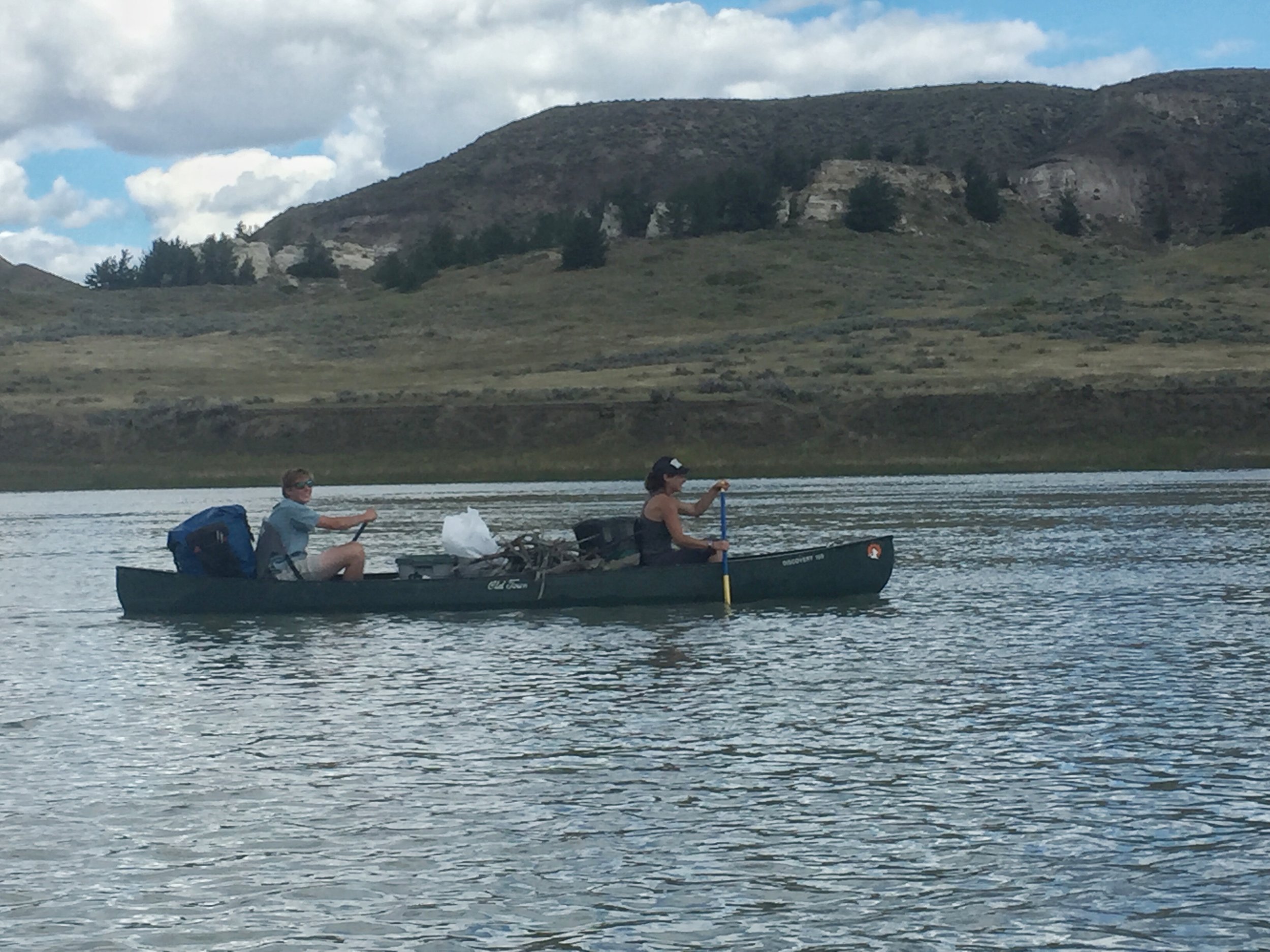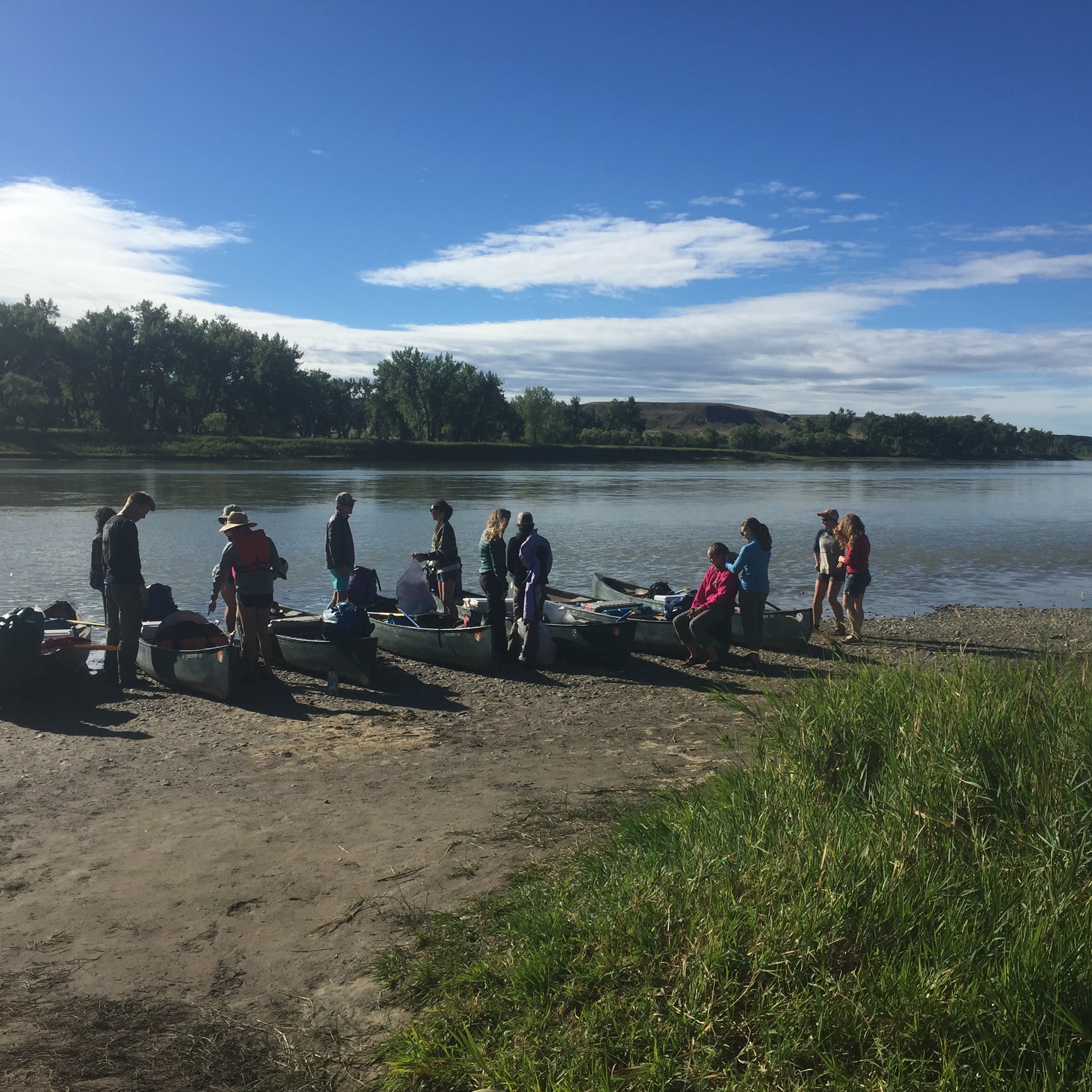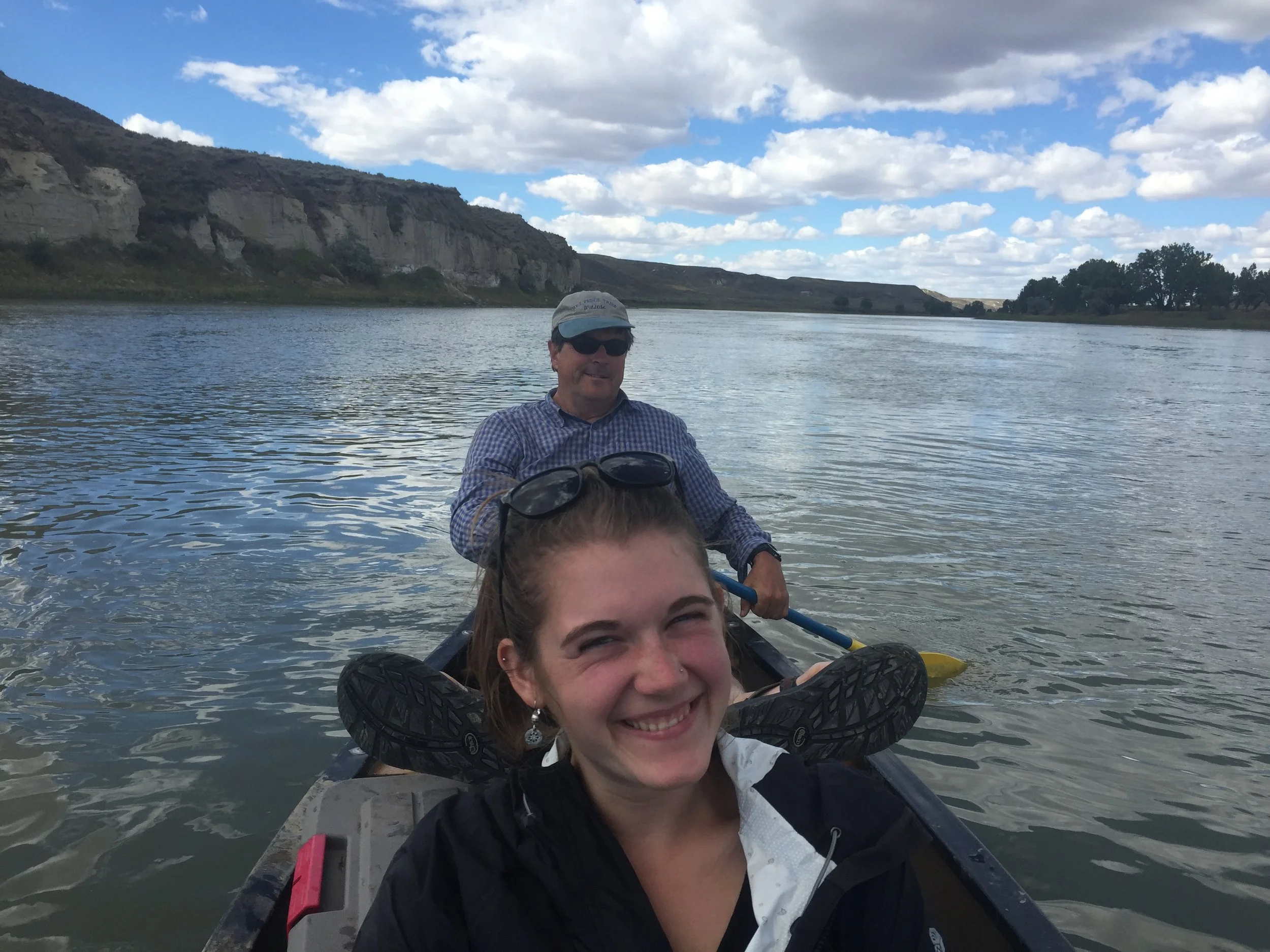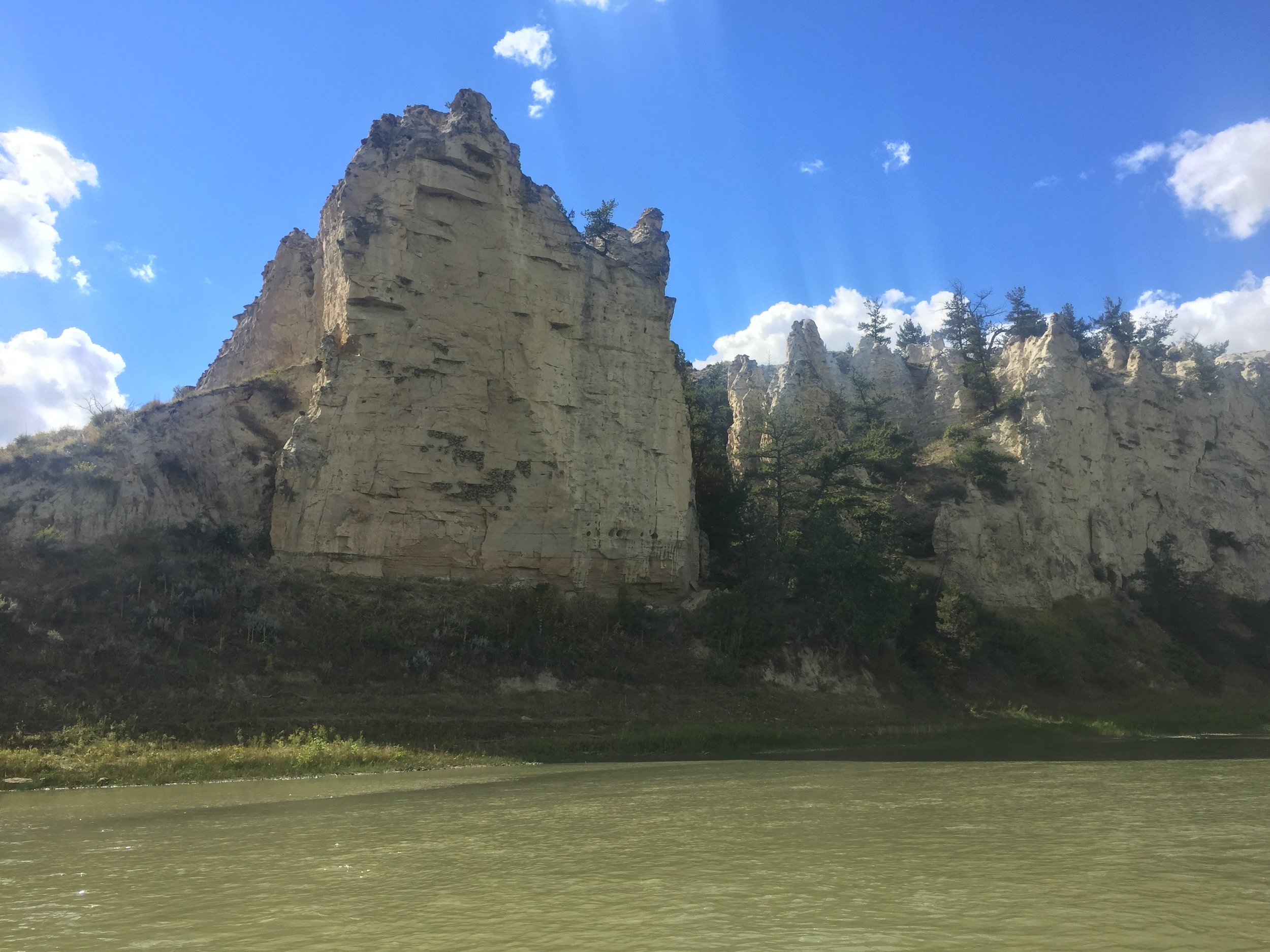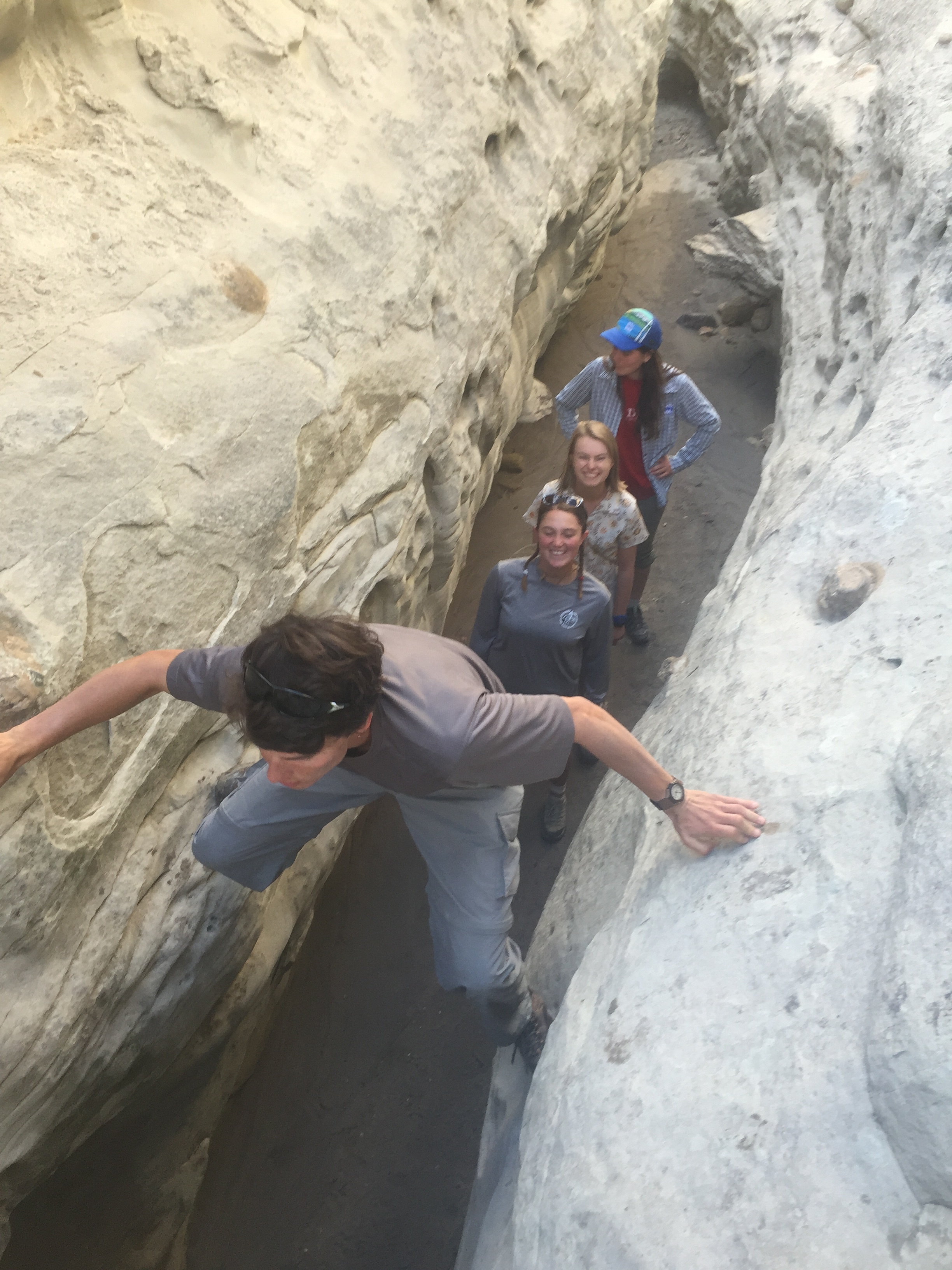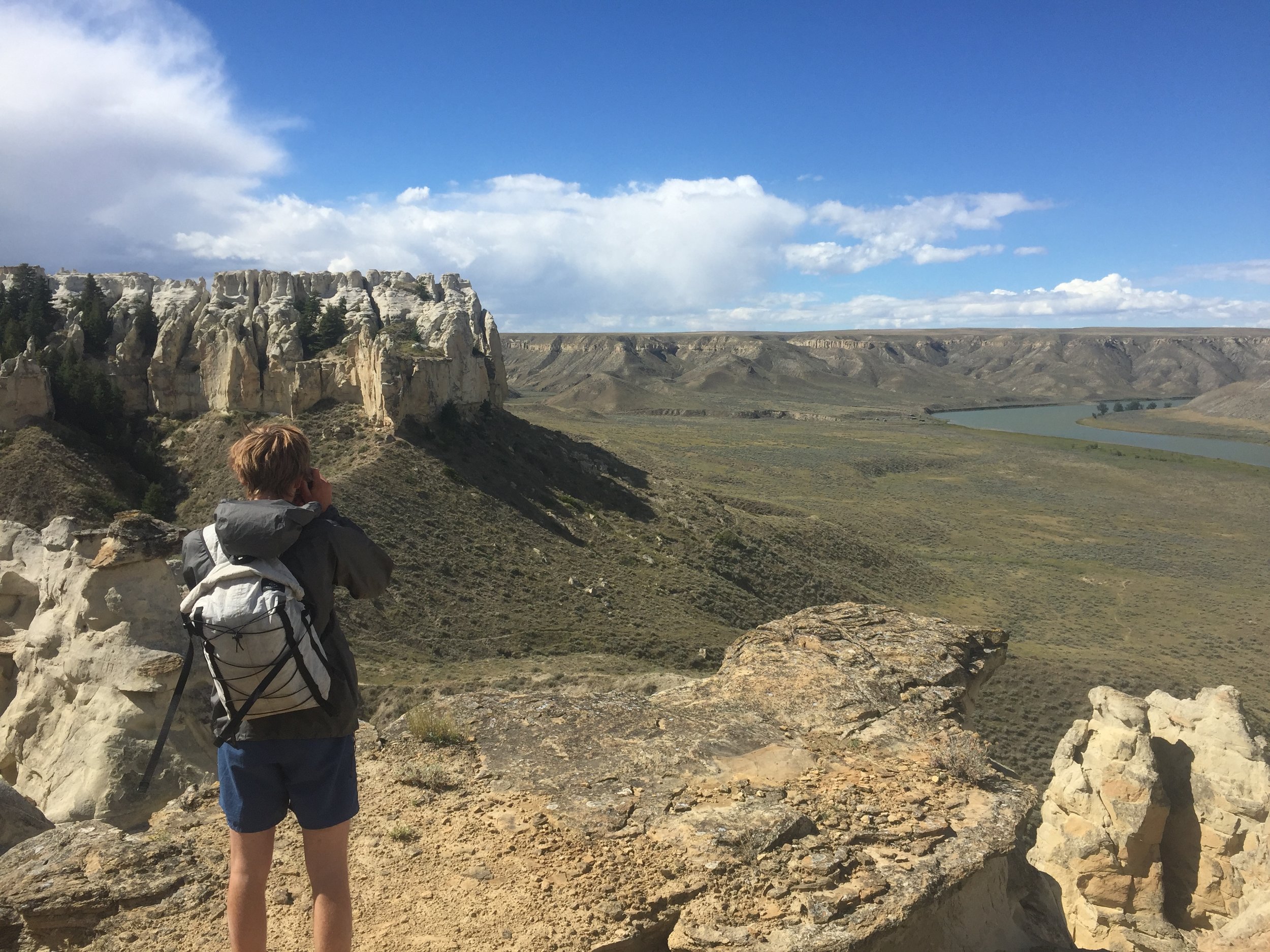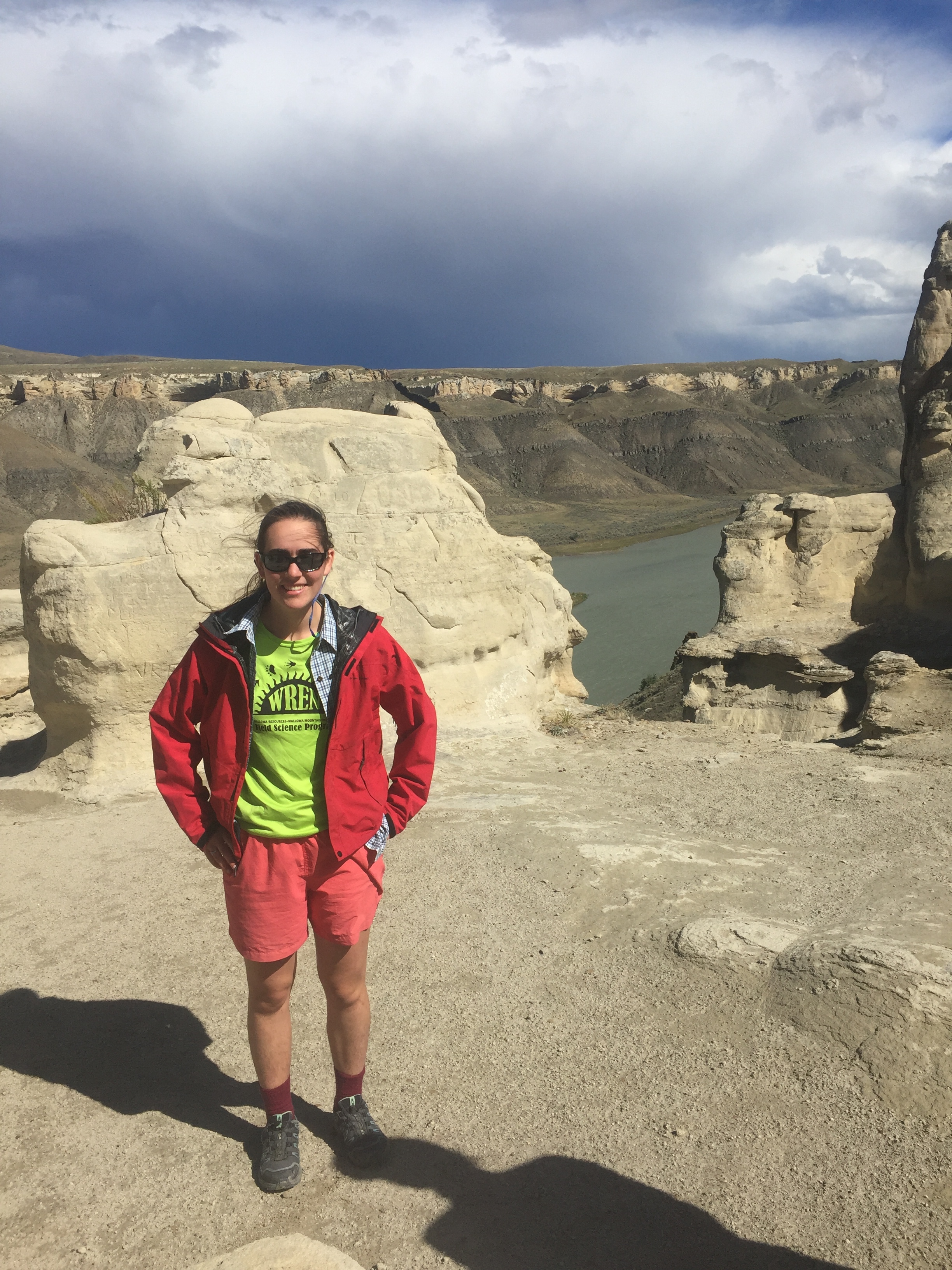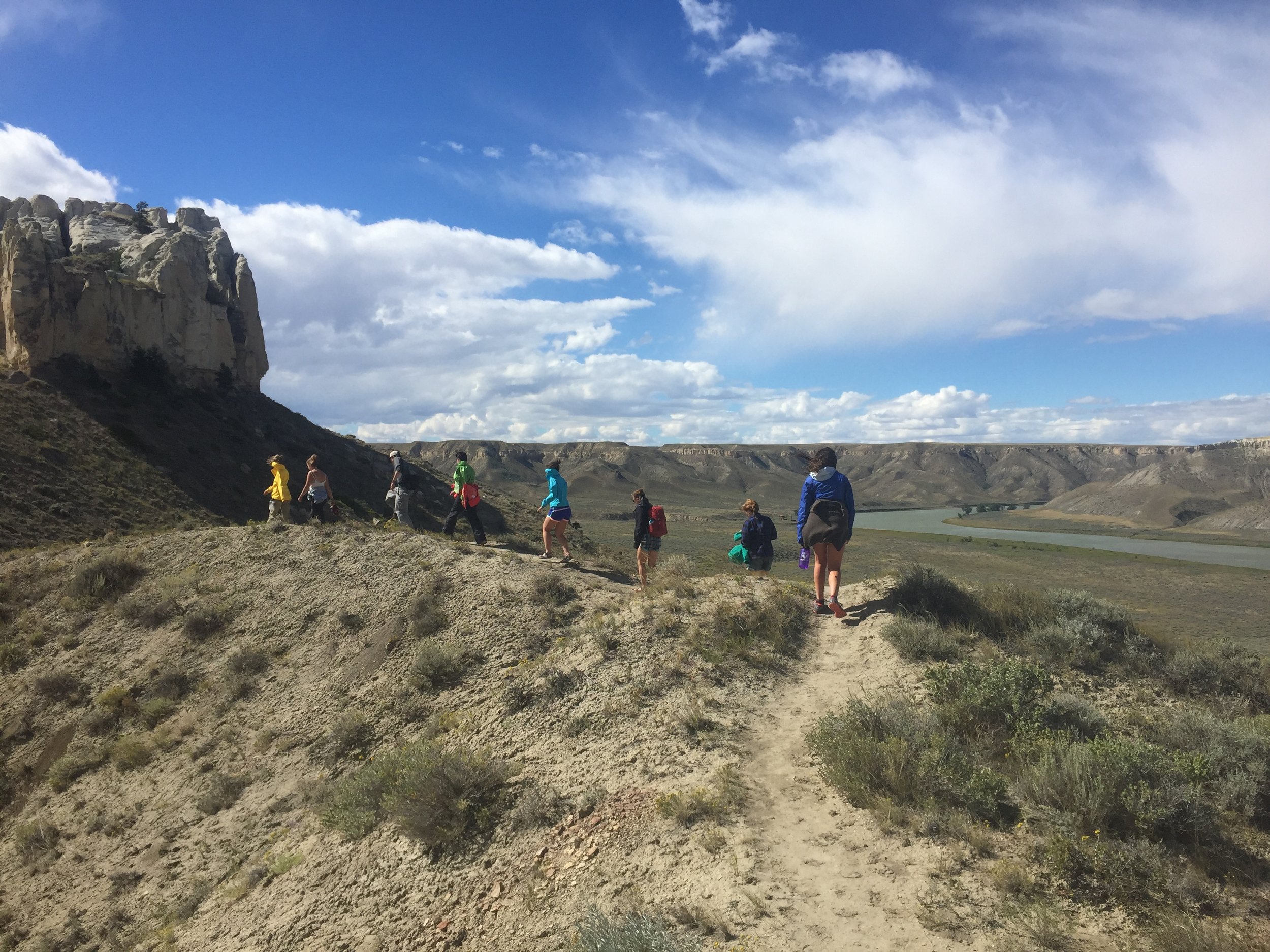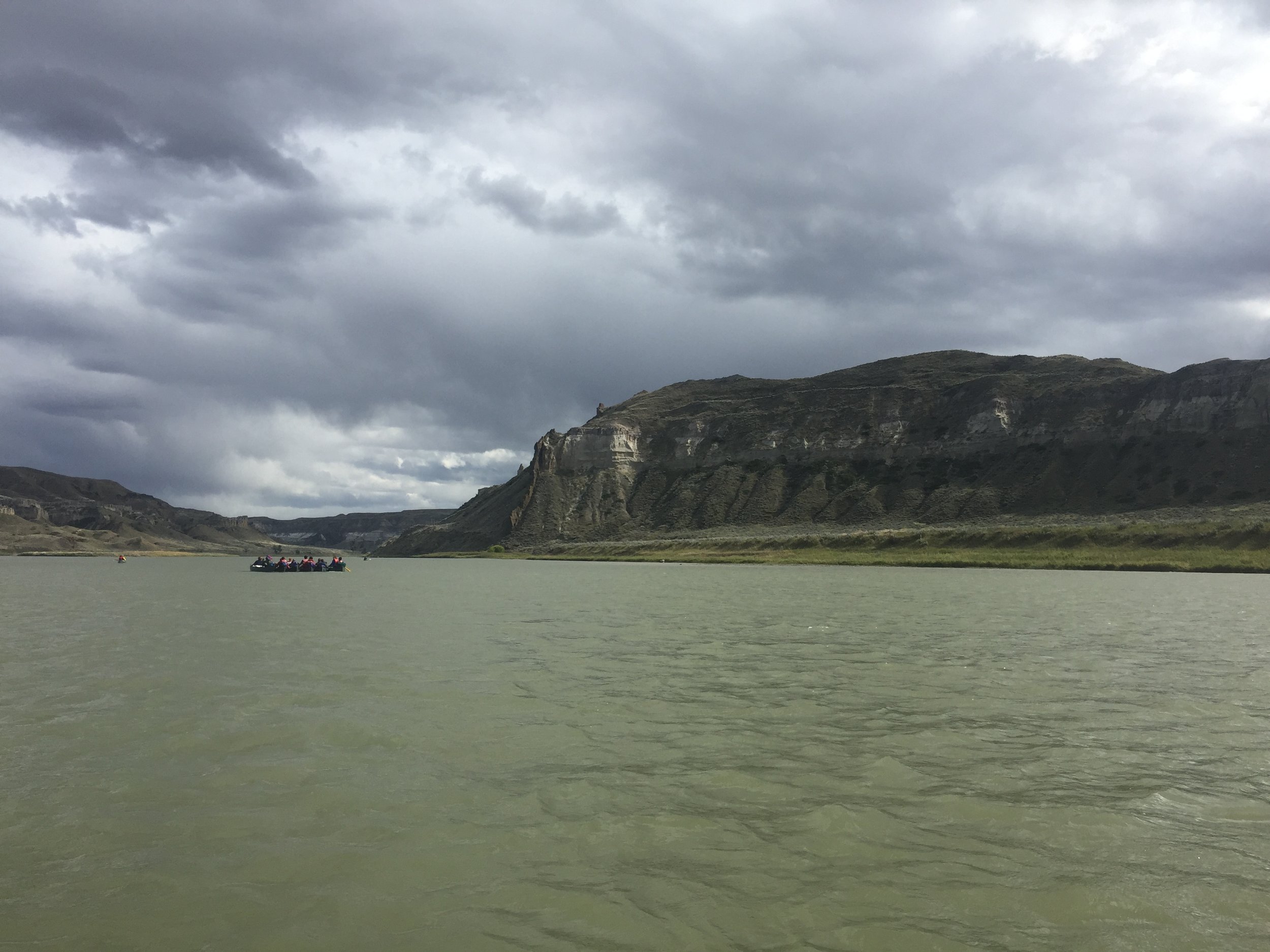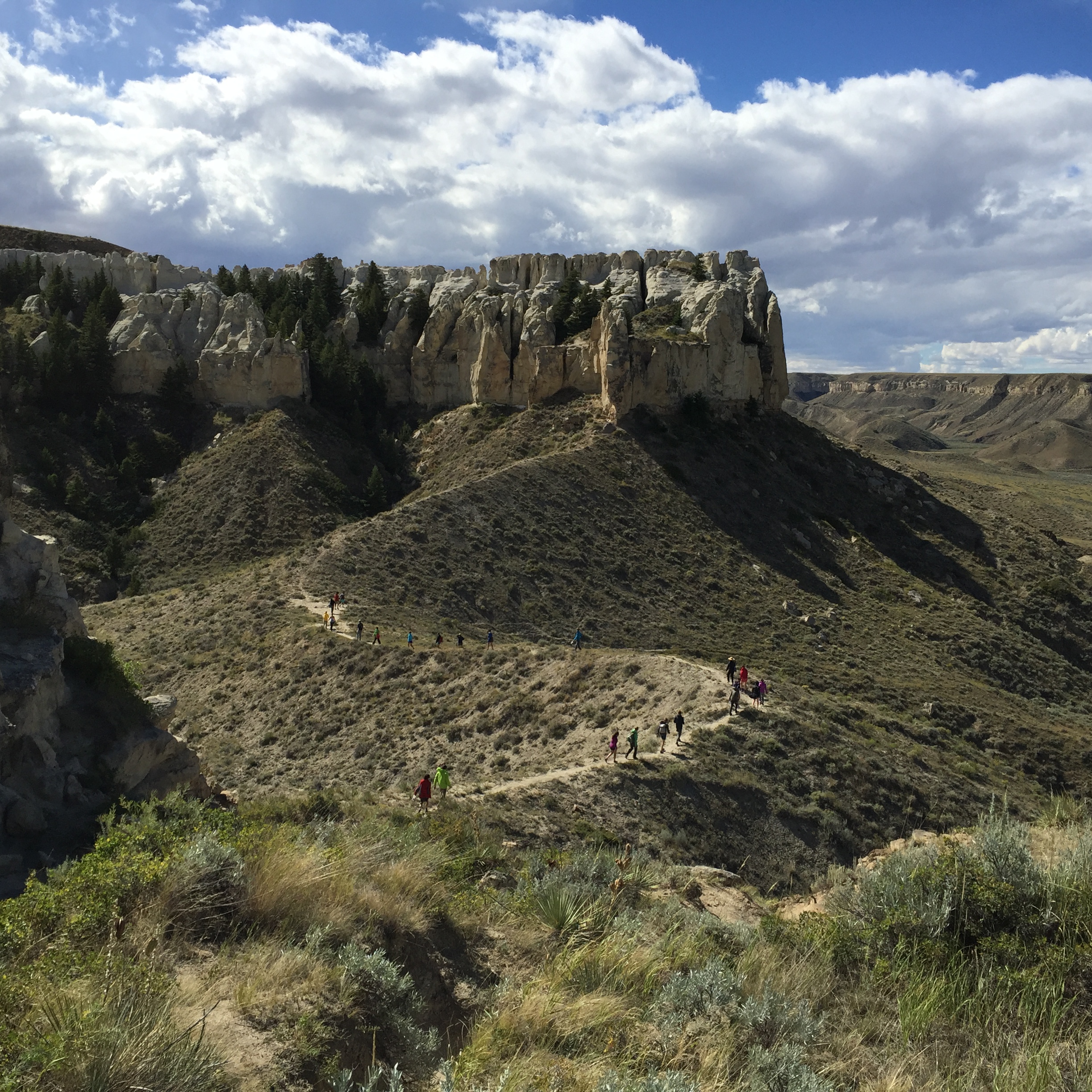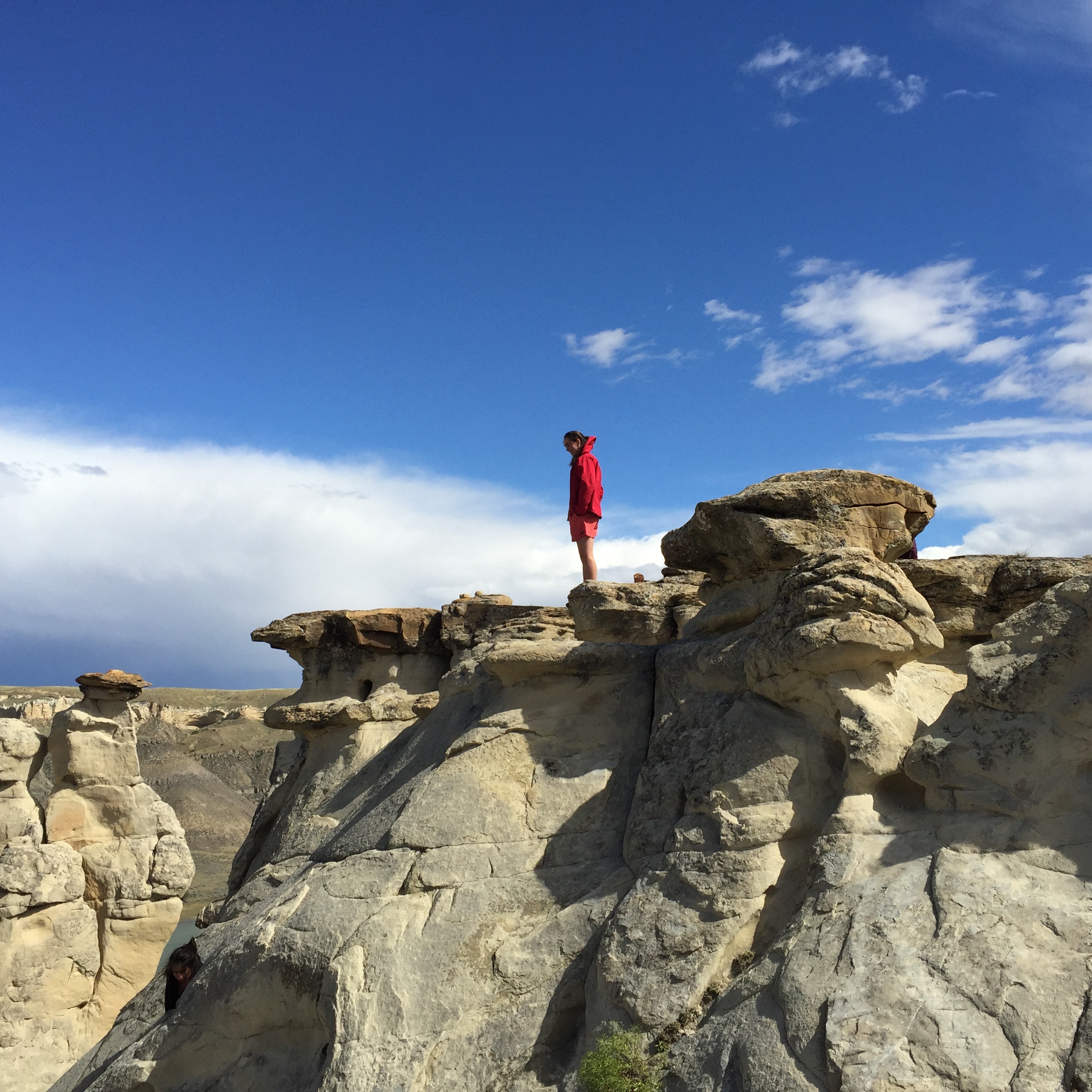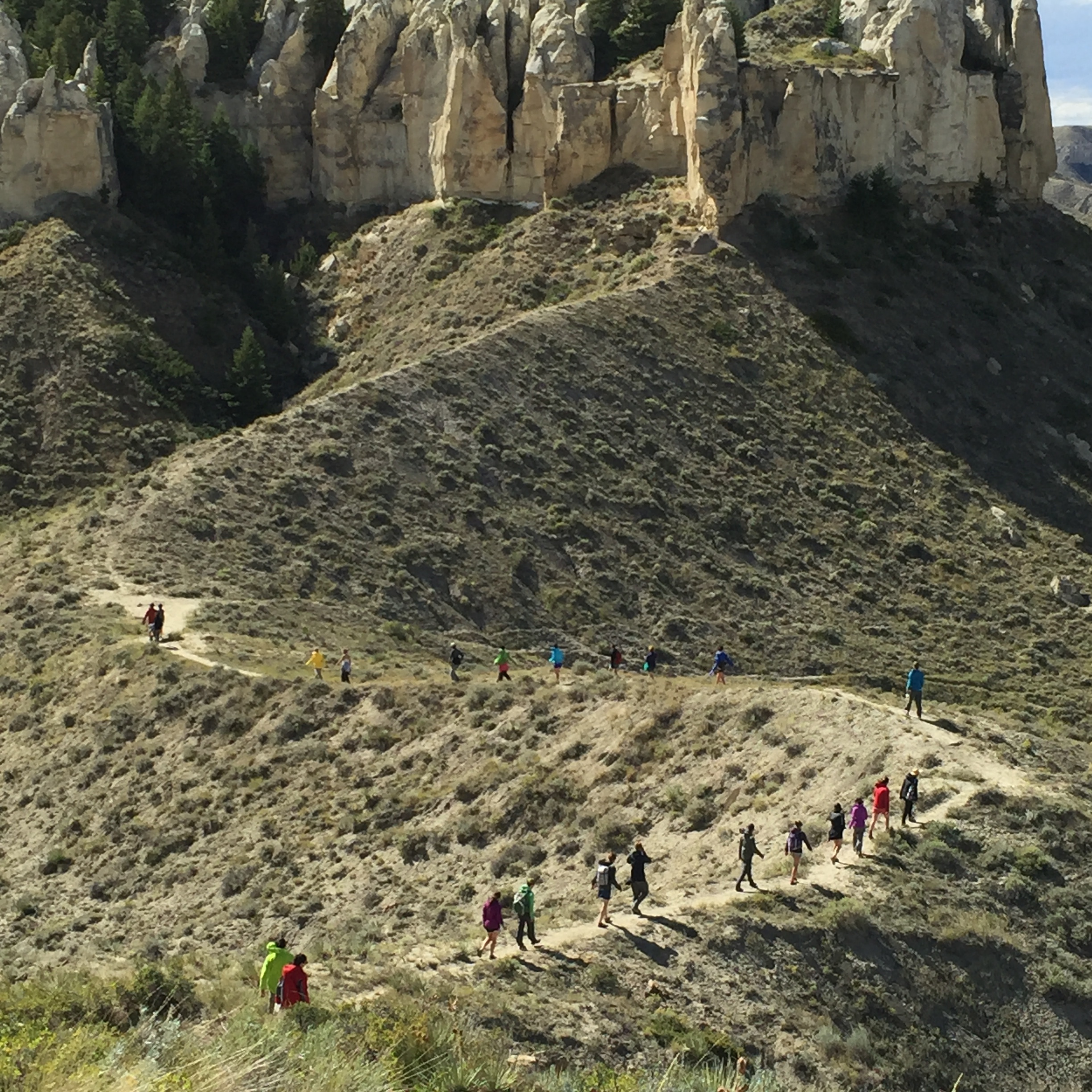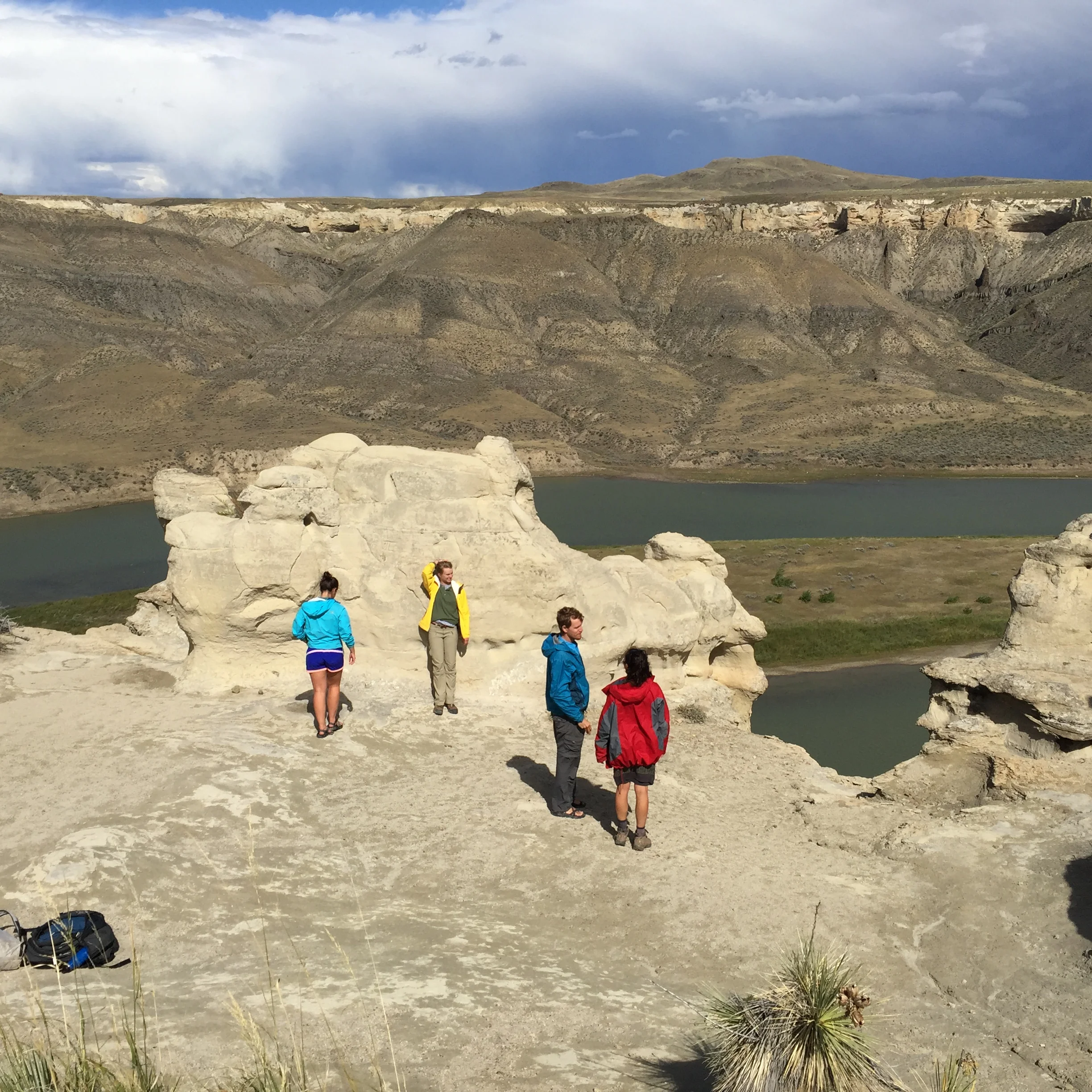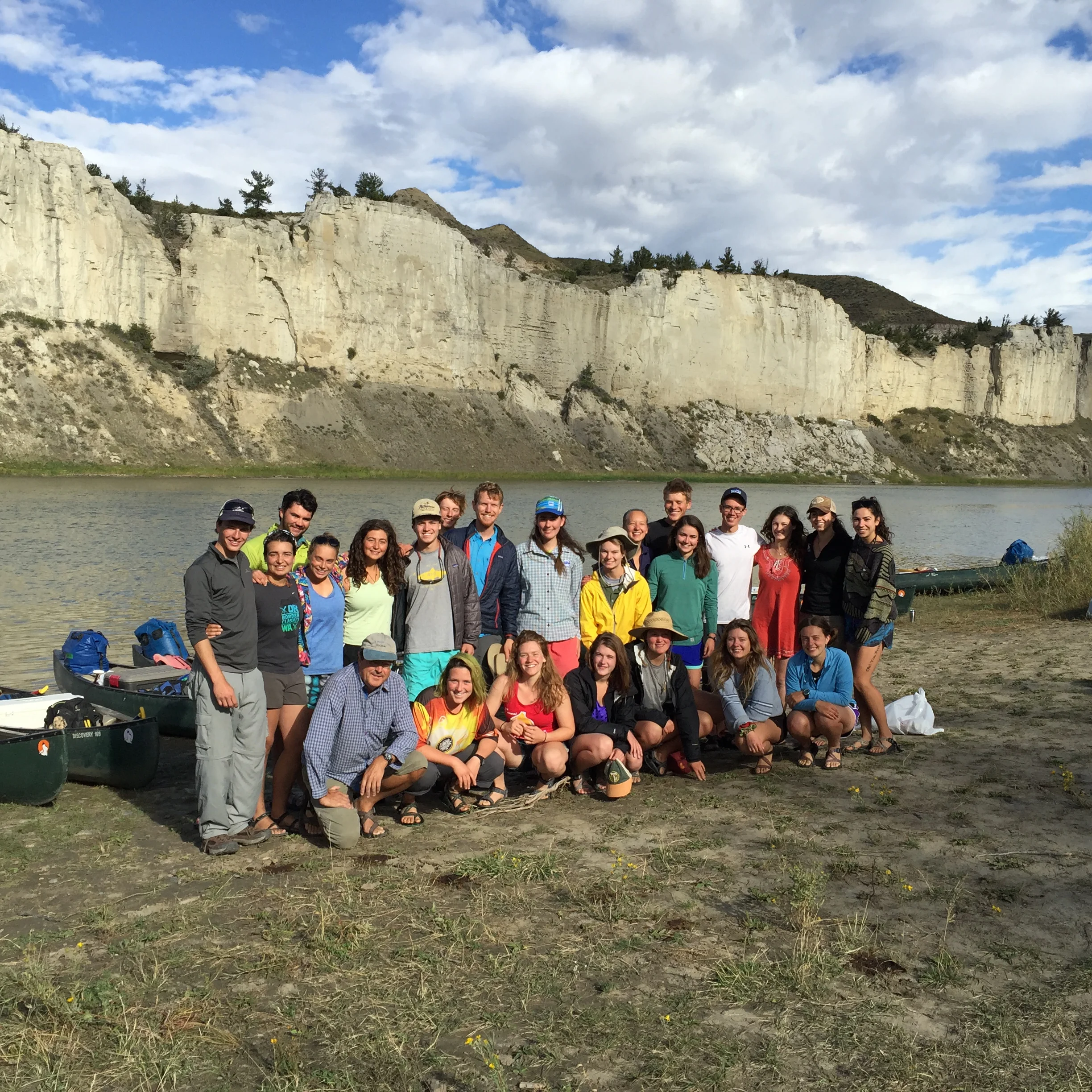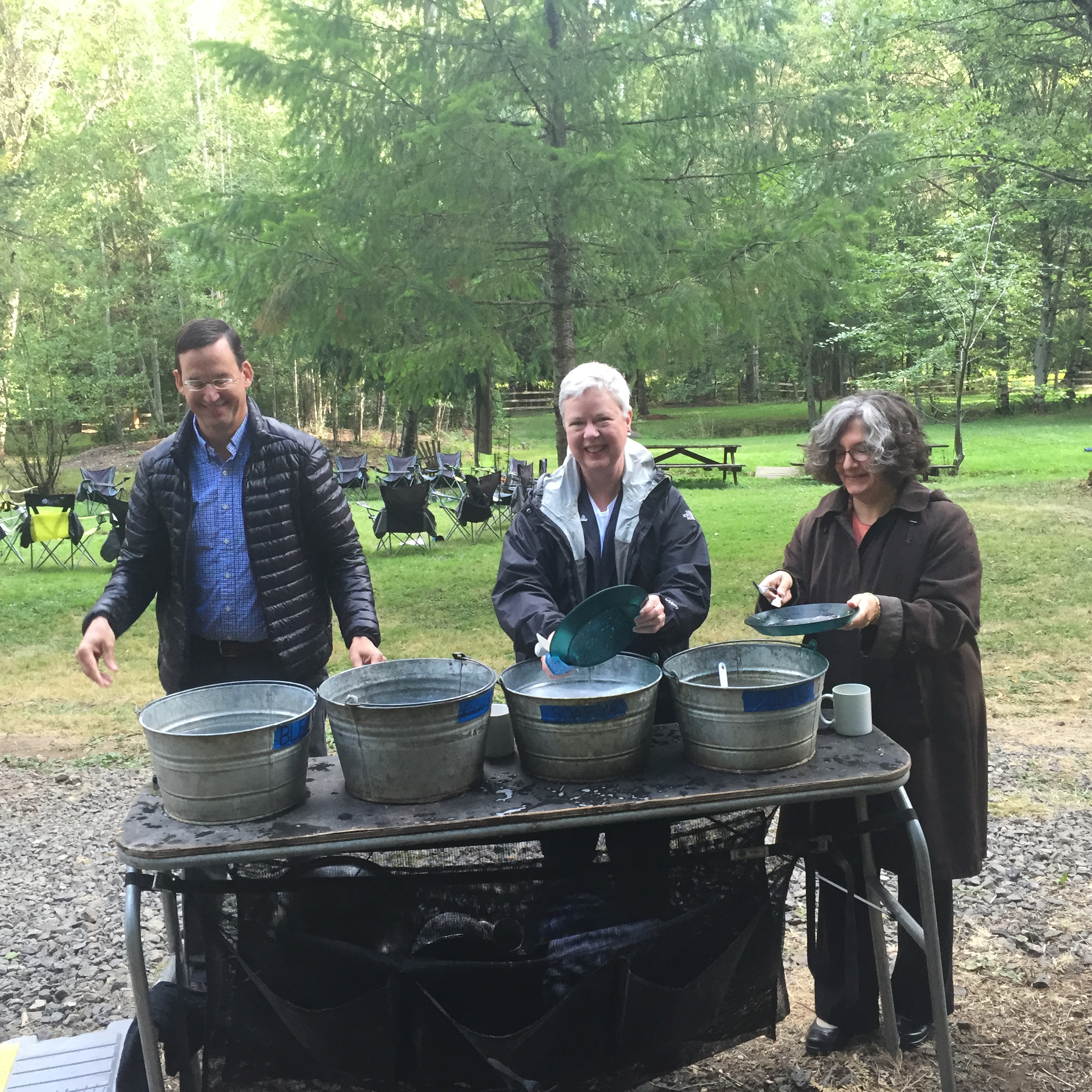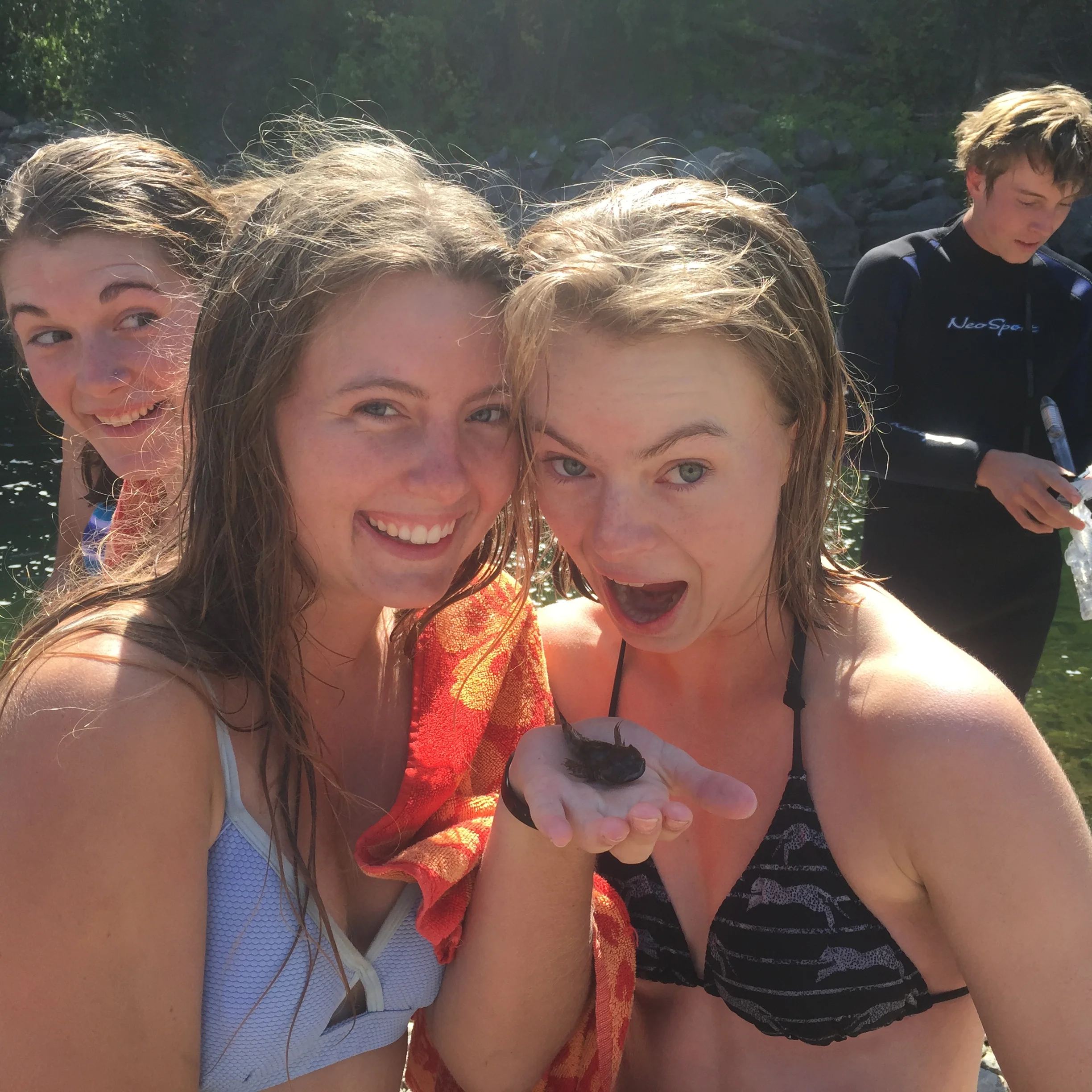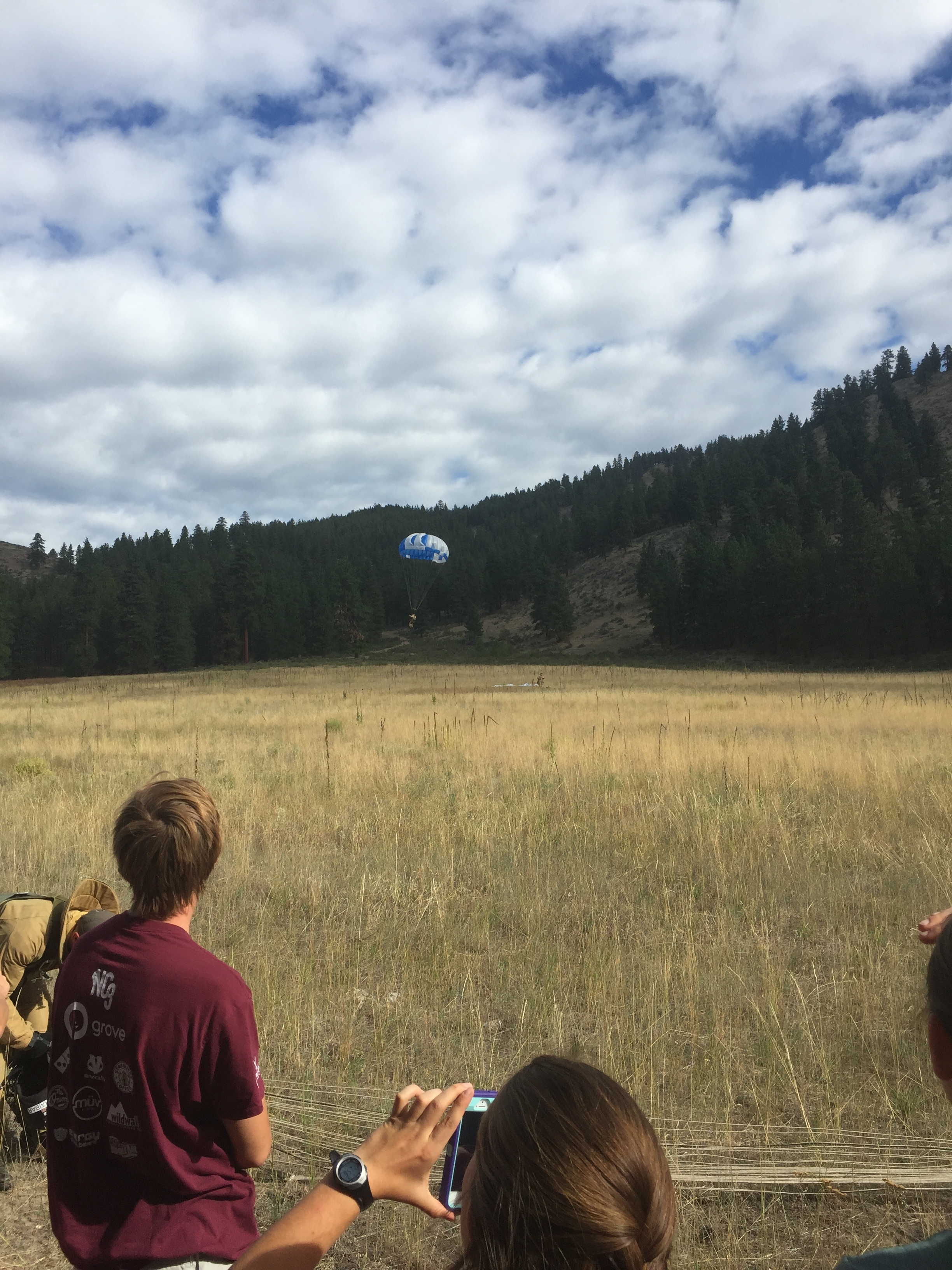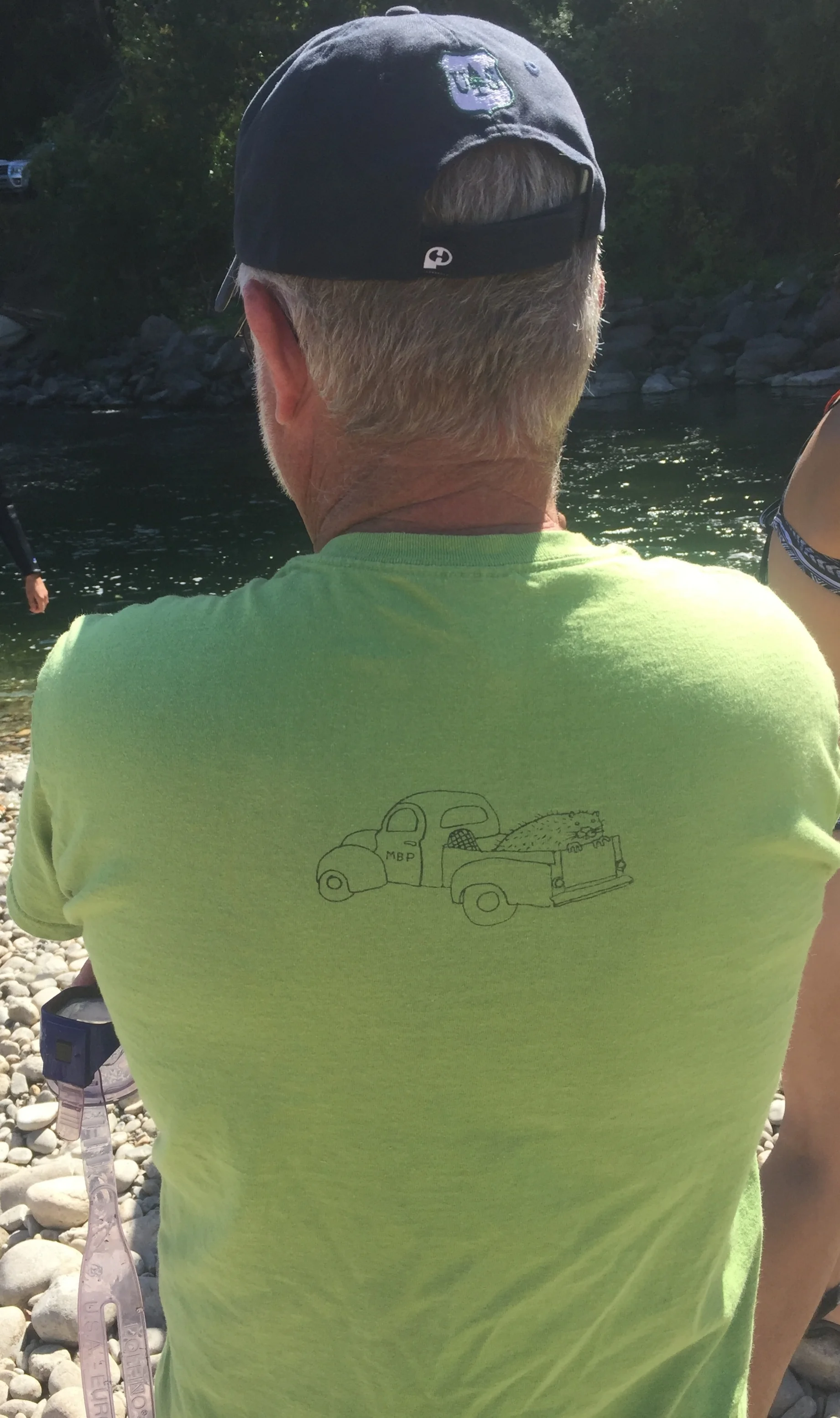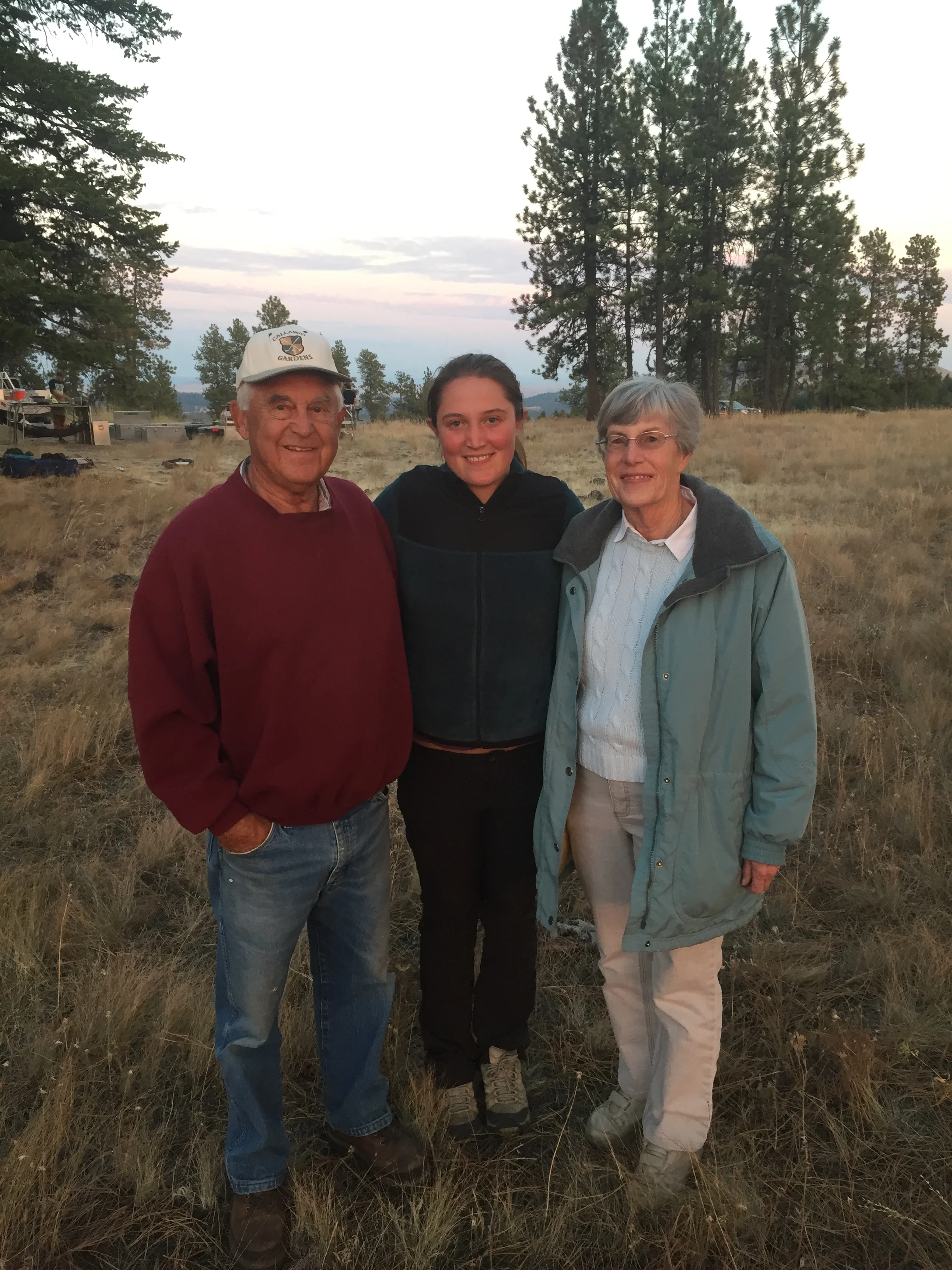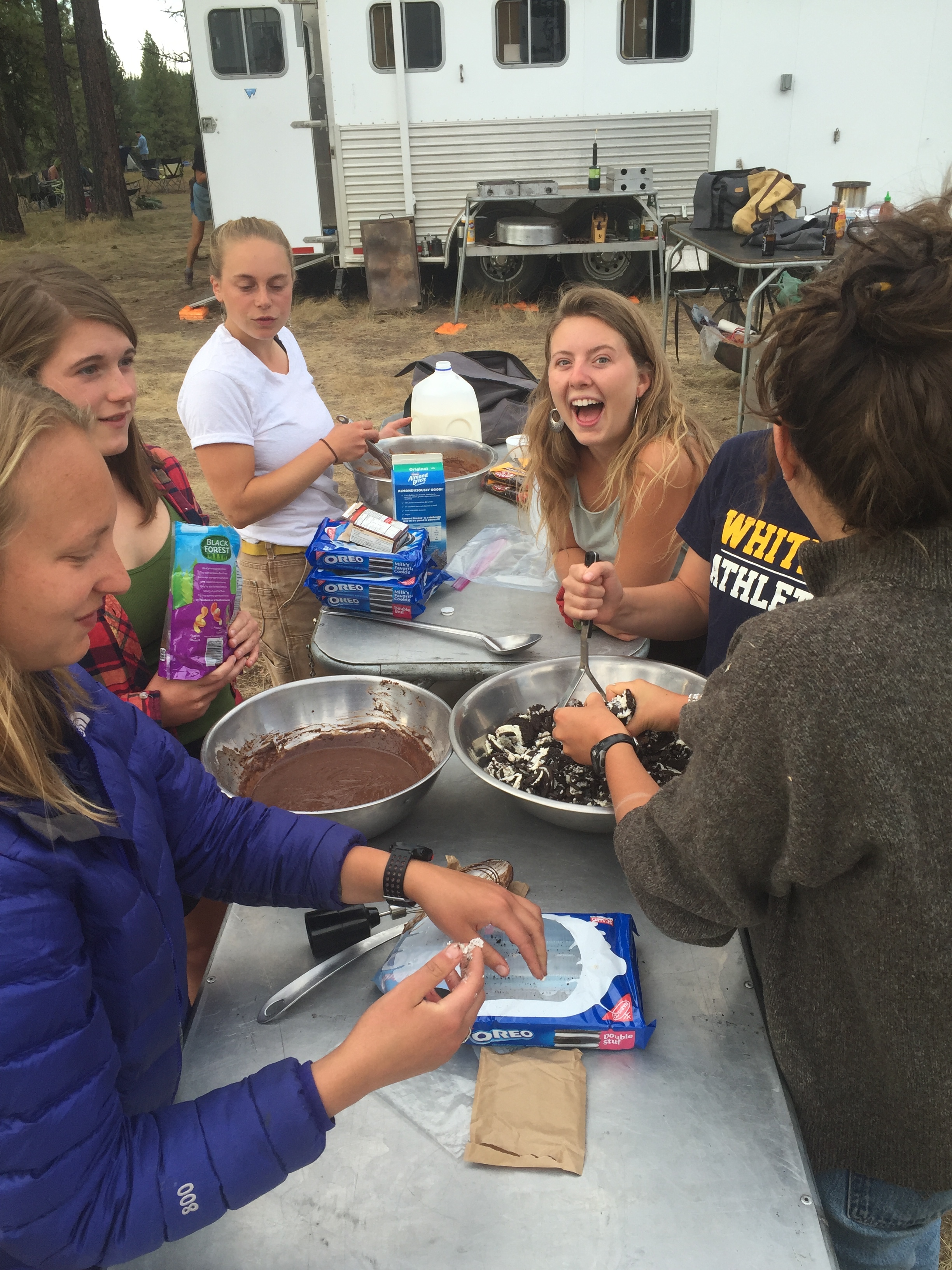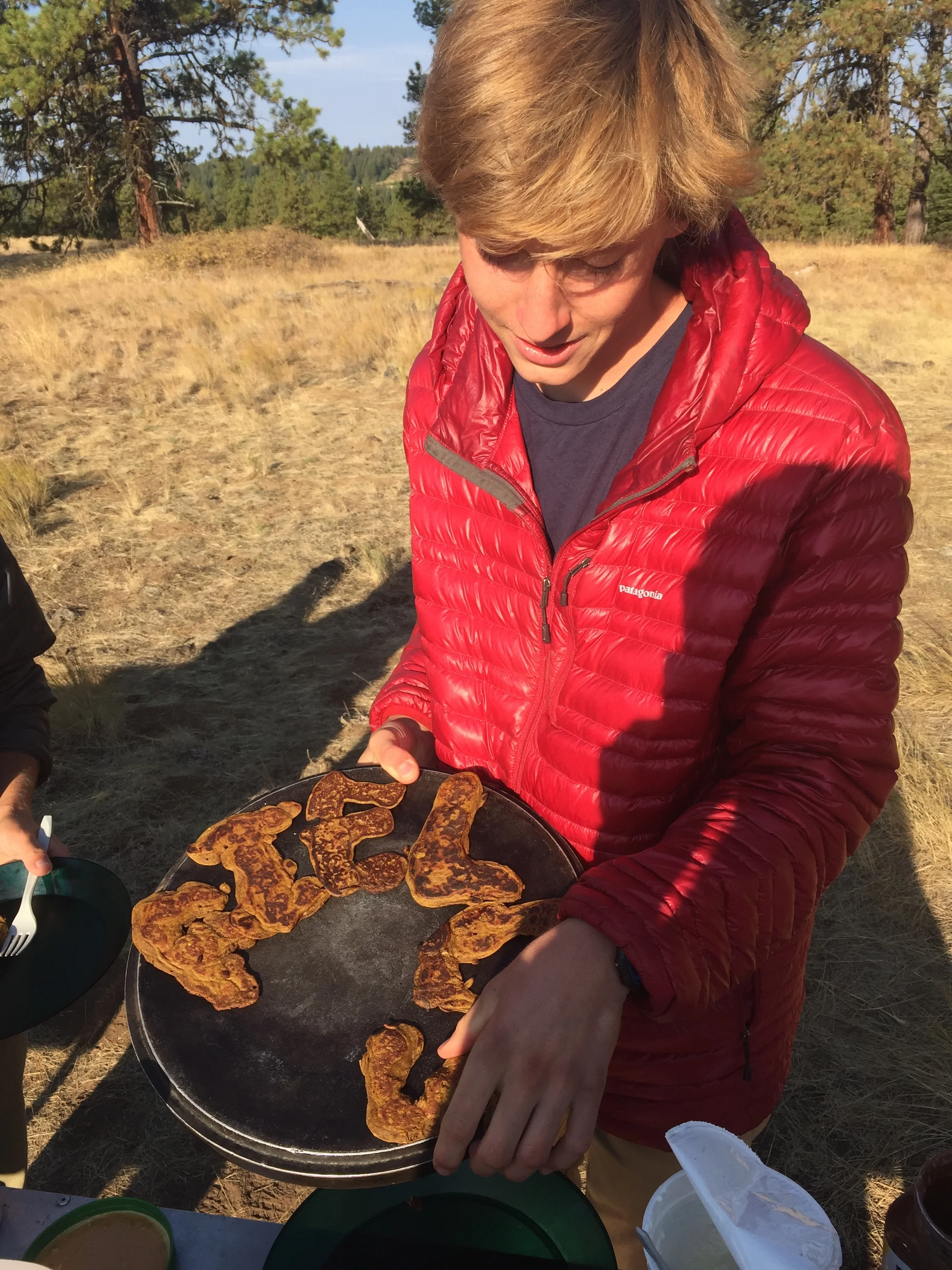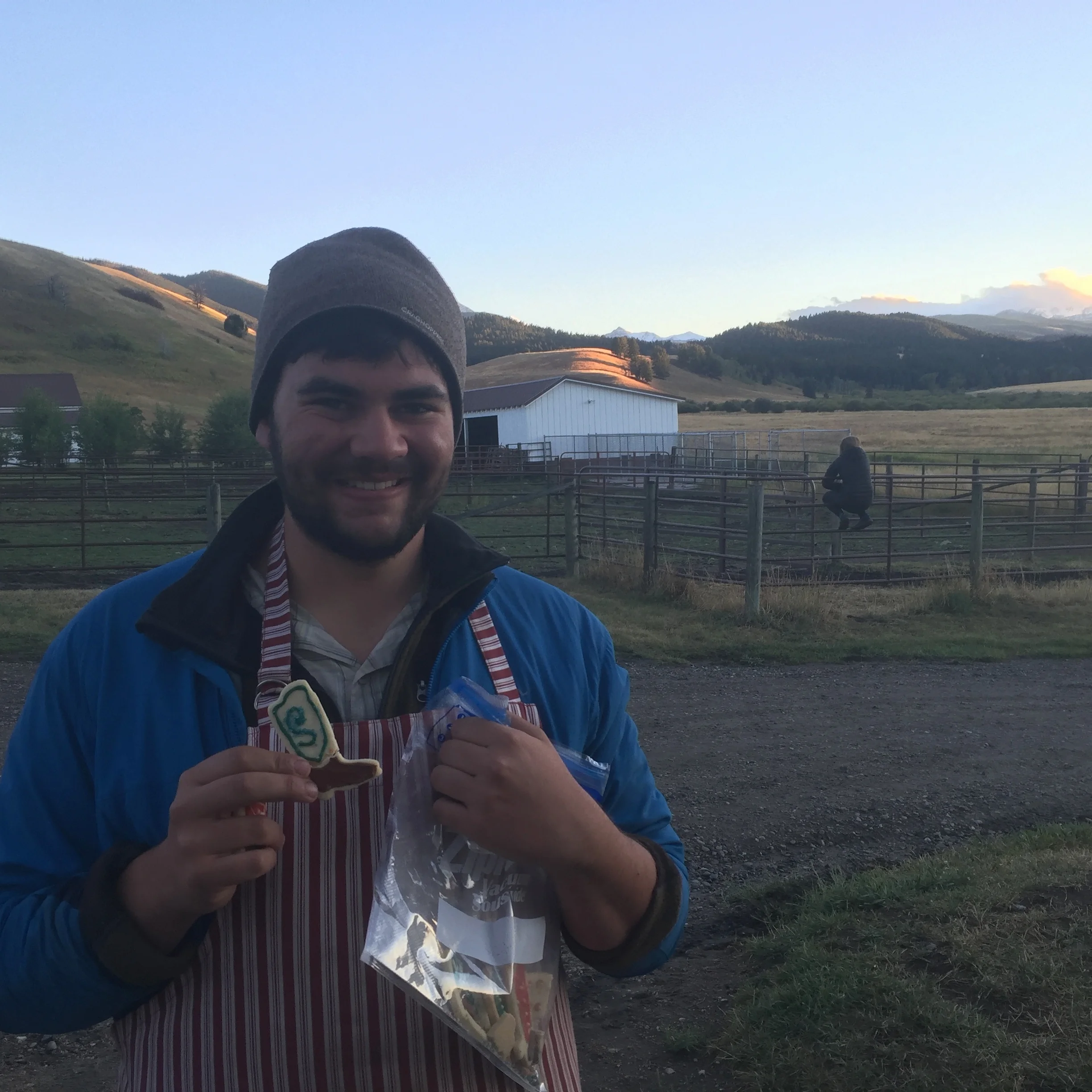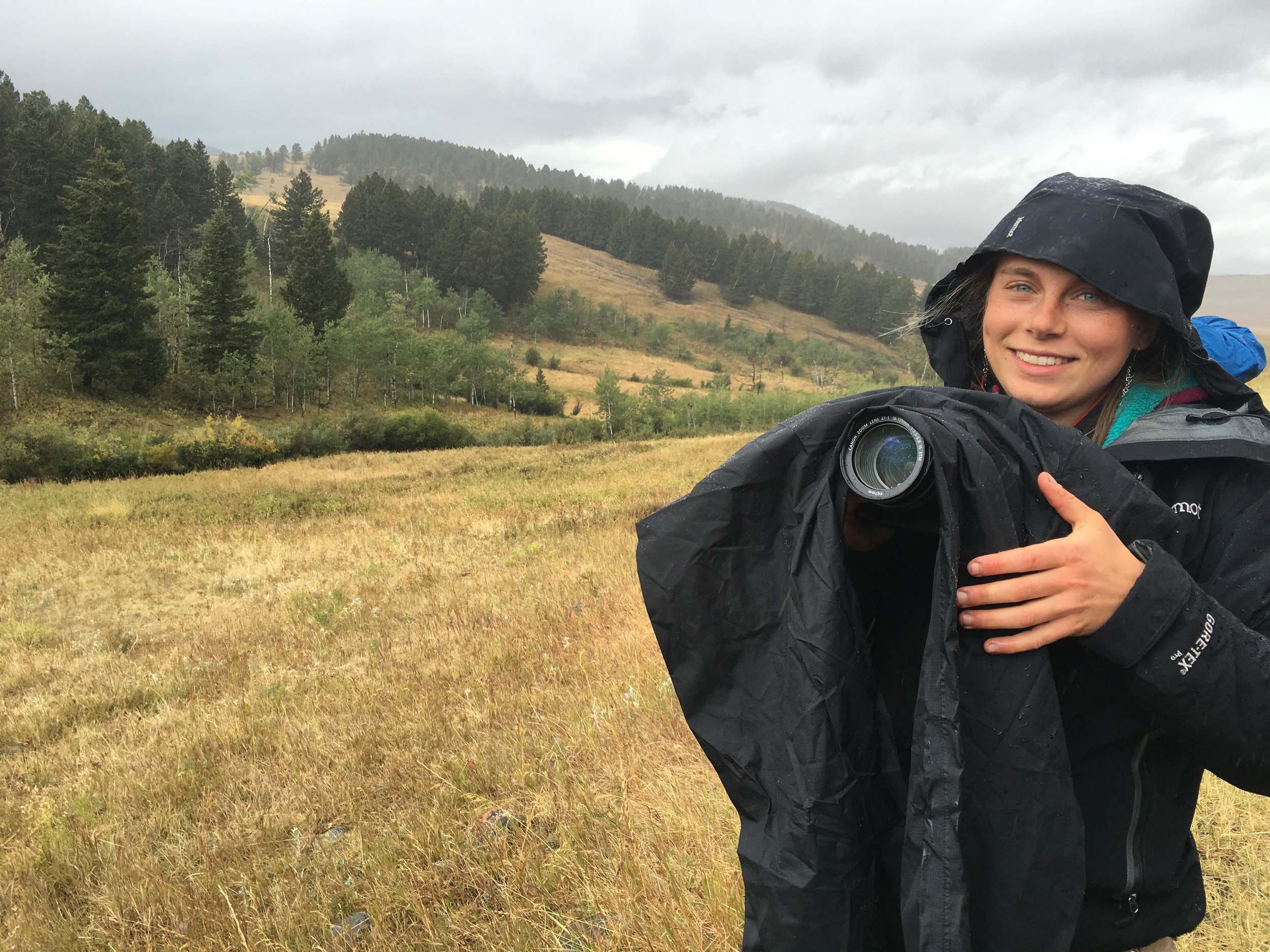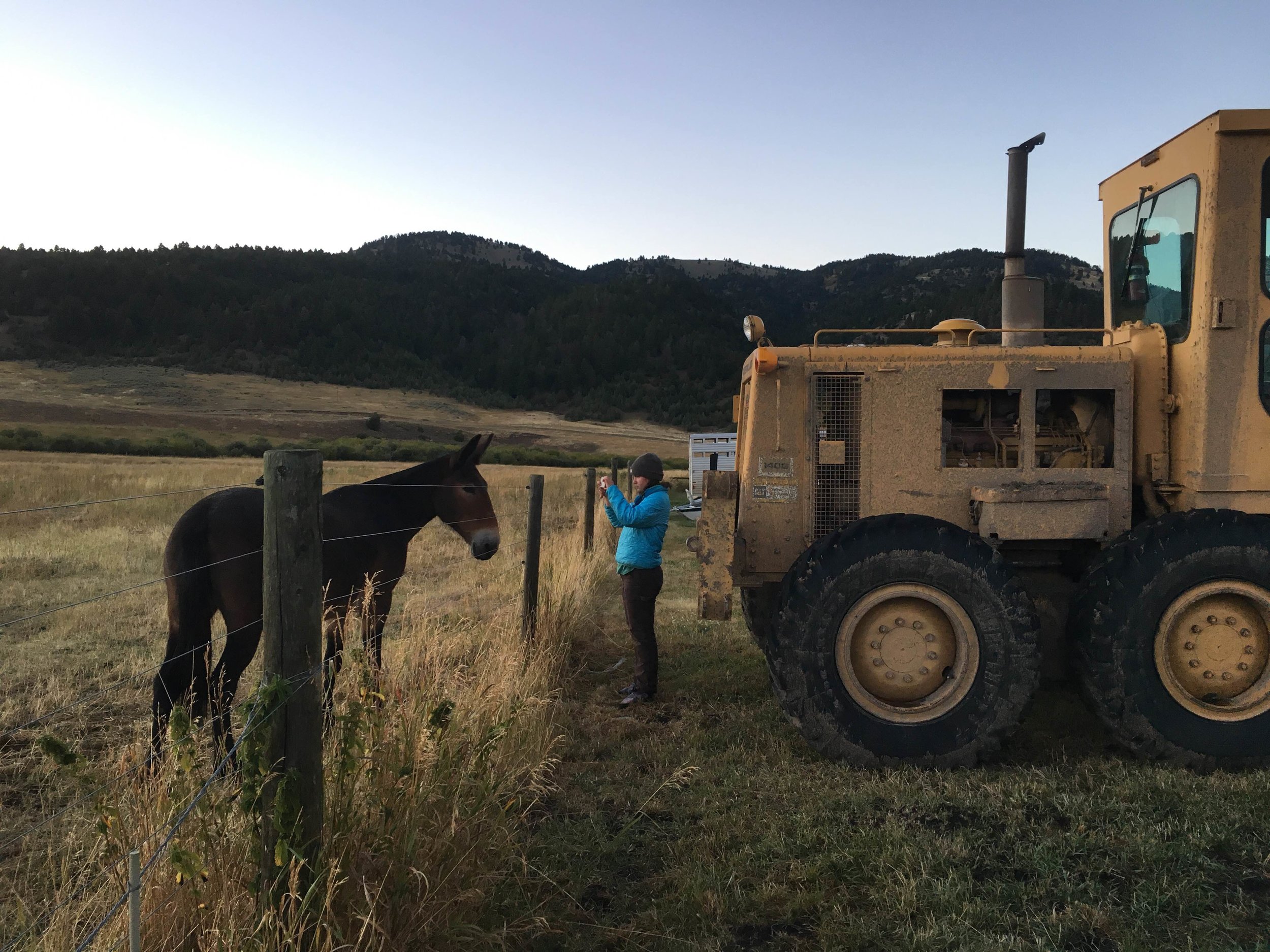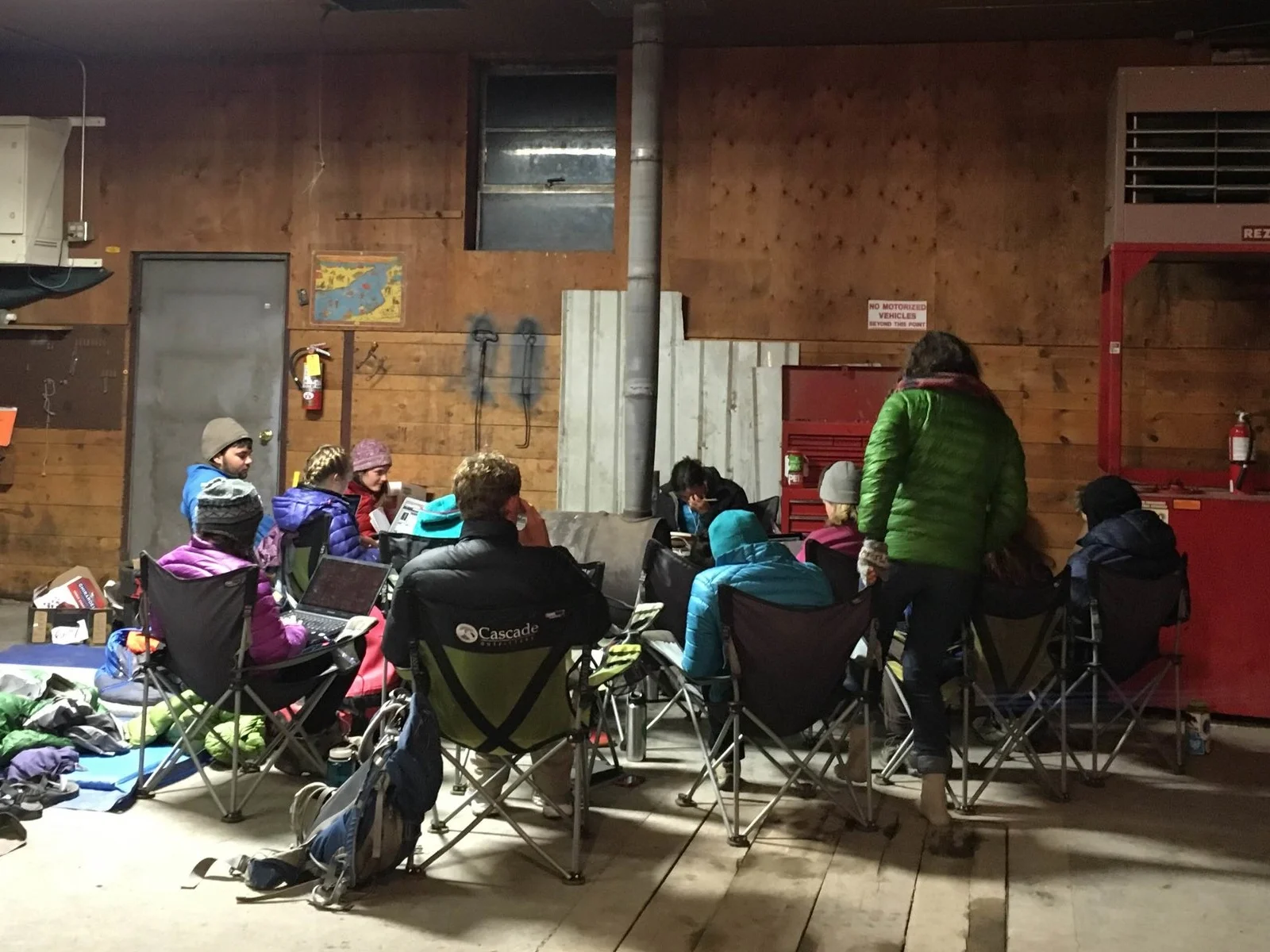“If your mother says she loves you, you had better check it out.” This is author and journalist Todd Wilkinson’s mindset when he reports on stories across the American West. From the history of Lewis and Clark on the Missouri River to the politics of life on the Pine Ridge reservation, and the “New West” paradise that is becoming Jackson Hole, WY, Todd is well-versed in the environmental and social issues of the West. He has been published in Christian Science Monitor and National Geographic, and he previously wrote a column called “The New West” for the Jackson Hole News & Guide. After nearly twenty years in Jackson, he has moved on to other journalistic endeavors in Bozeman, MT. Todd began his career as a violent crime reporter in Chicago and has developed an impressive resume since, writing “Last Stand,” a critically-acclaimed biography of Ted Turner and authoring a collaborative work with photographer Thomas Mangelson called “Grizzlies of Pilgrim Creek.” His work is so diverse in fact, that some have mistaken him for two different people sharing the same alias. In his writing, Todd seeks out the complexity inherent in western environmentalism, showing that there are usually more than two clearly-defined sides to any issue. It is clear however, from reading and talking with Todd that he cares deeply for the lands of our Western United States, and seeks to share the full story of them with his readers and those lucky enough to get to listen.
By: Maggie Baker












